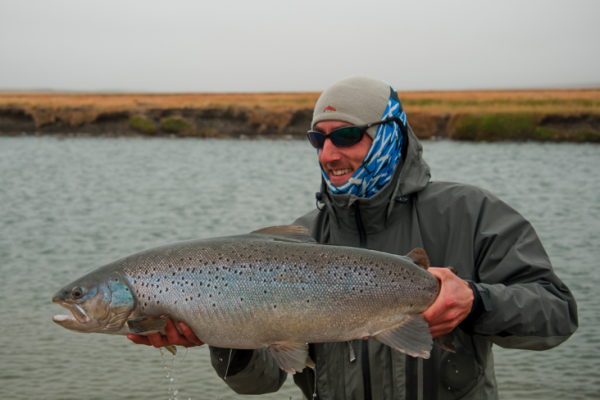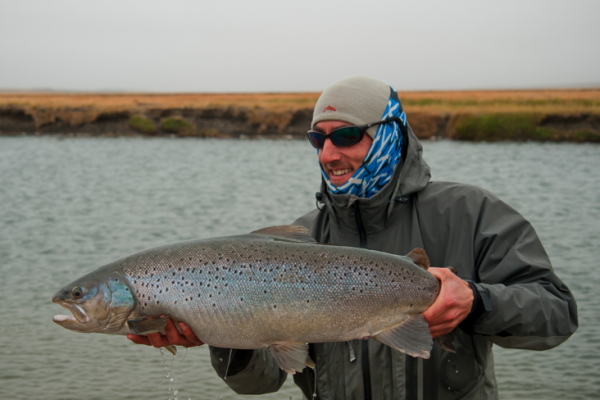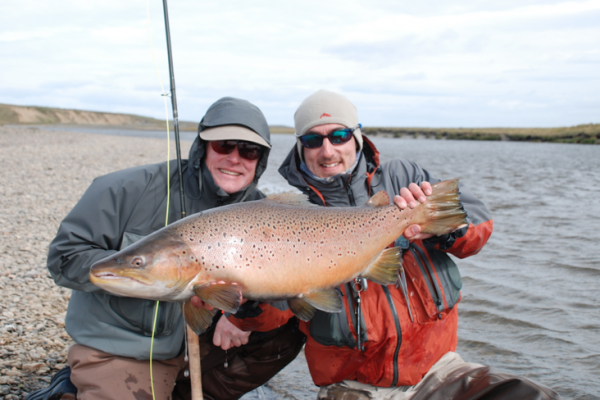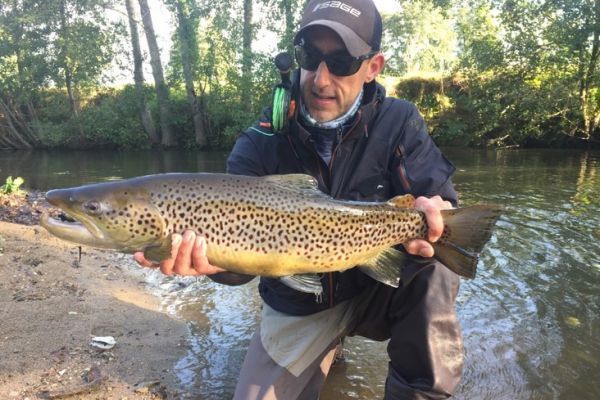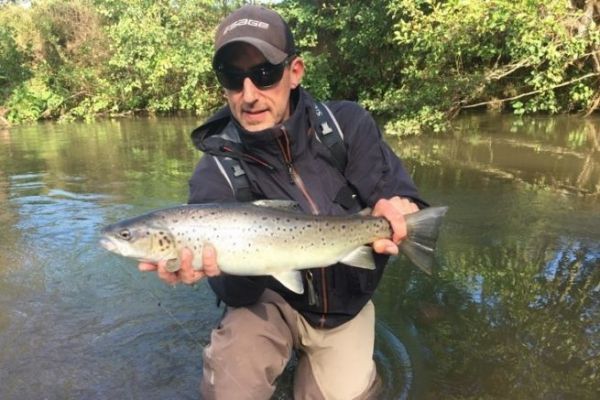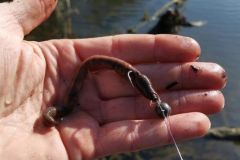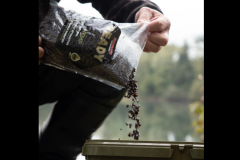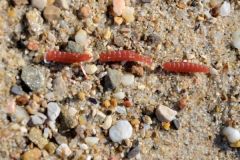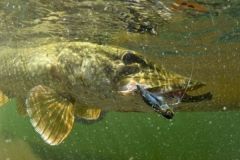Sea trout life cycle
Sea trout is actually a fario (river) trout, salmo trutta, which goes to sea for one or more stays before returning to freshwater to reproduce, often in its native river (homing).
The reasons for this migratory form of river trout are relatively unknown, but it would seem that their migration is due to an overly high trout population in the river and/or strong competition for food. Some trout therefore migrate to the sea for food.
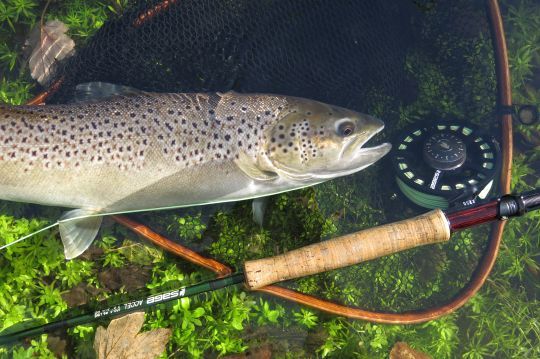
After spending one to three years in the river, young sea trout, or sea trout smolt, prepare for their migration, moving downstream in small groups of individuals of similar age and size. At this stage, young sea trout turn silver and smoltify in preparation for their cycle at sea. During this phase, the fish's body changes to adapt to the salinity of the water and the exchanges between their body and the saline environment.
Sea trout then remain on the continental shelf to feed, as far as possible, on the many prey items made up of small fish, large crustaceans and other prey encountered on their nursery grounds.
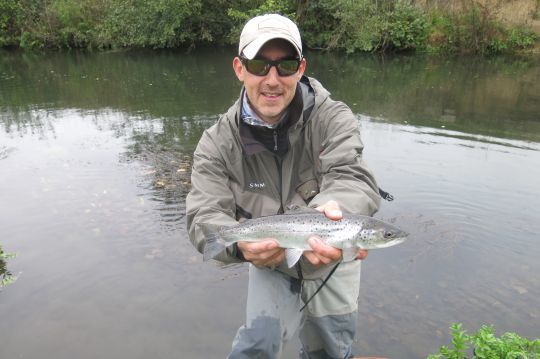
Young sea trout or finnock and sea trout from several sea winters
Sea trout can return after a few months at sea. They are then called finnocks. These are young sea trout, around 30 to 42 cm in size.
These fish return to the river in groups of the same cohort, often remaining in small shoals in freshwater, particularly in the lower reaches of rivers.
In France, these fish are in the majority, although some large ones are also colonizing our rivers, particularly in Normandy where their fishing is renowned.
They will be able to carry out several cycles at sea, gradually reaching ever larger sizes.
Some sea trout will return to the river after two or even three years at sea and thus already reach more substantial sizes, in the same way as Atlantic salmon. These fish are generally more than 50 cm long, up to 70 cm and much larger (they can reach 1 m). They can also return to the sea and carry out further cycles and migrations.
Sea trout can reproduce several times. Generally 3 to 6 times.
In some rivers, sea trout can reach over 10 kg, and world records are around 36 lbs (just over 15 kg).
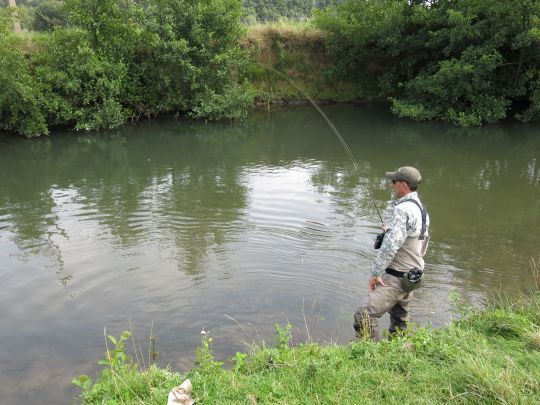
Sea trout fishing
Sea trout can be caught using either lures or flies. These are the two techniques most commonly used to catch them in freshwater, as they are mainly carnivorous fish.
Occasional catches are made by sea bass anglers along the coast.
In Denmark, inshore fishing is a tradition that regularly catches fish close to the shore before they head upriver.
Lure fishing is practised with swimming fish, spinners and wobblers. This is often the technique that catches the biggest fish.
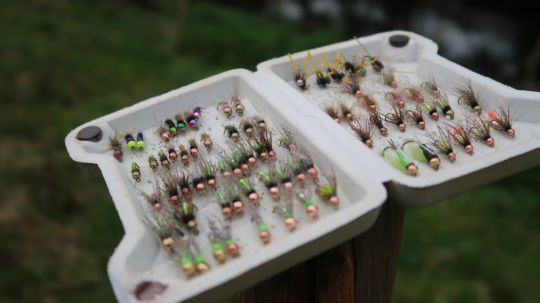
Sea trout are often fished with drowned flies, as is the tradition in the UK, or with streamers, nymphs and surface flies, mainly in Iceland and Argentina, but also with tube flies all over the world.
As sea trout are quite lucifugic, they are often caught early in the morning and late in the day, or even at night. As is the case in some French rivers, where fishing for this migratory fish is authorized until two hours after sunset. They are then more aggressive. This is the time when sea trout emerge from their pools to swim upstream, step by step.
However, it is also possible to catch them as sight nymphs in certain cases, but also as line nymphs and indicators.
